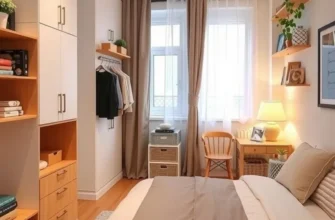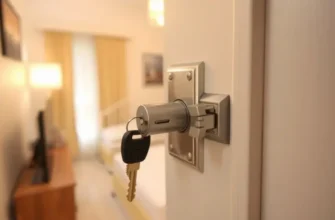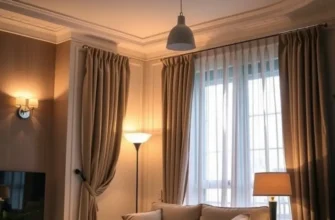Apartment living can be an exciting experience, but noise can often disrupt our daily lives. Whether it’s the sounds of neighbors chatting late at night or the hum of busy streets below, noise can turn a peaceful sanctuary into a stressful environment. This is where understanding apartment noise safety standards becomes essential for renters nationwide. Noise safety standards come into play to protect our right to a comfortable living space, which is crucial for overall well-being. Knowing these standards empowers renters to choose a home that prioritizes their safety and security, guaranteeing a hassle-free maintenance solution. From soundproofing materials to legal standards, renters can navigate the nuances of apartment noise regulations to ensure a peaceful existence. In the following chapters, we will explore the key components of noise safety standards, practical steps to mitigate noise, and resources available to renters for maintaining their tranquil home environment.
Understanding Noise Regulations in Apartments
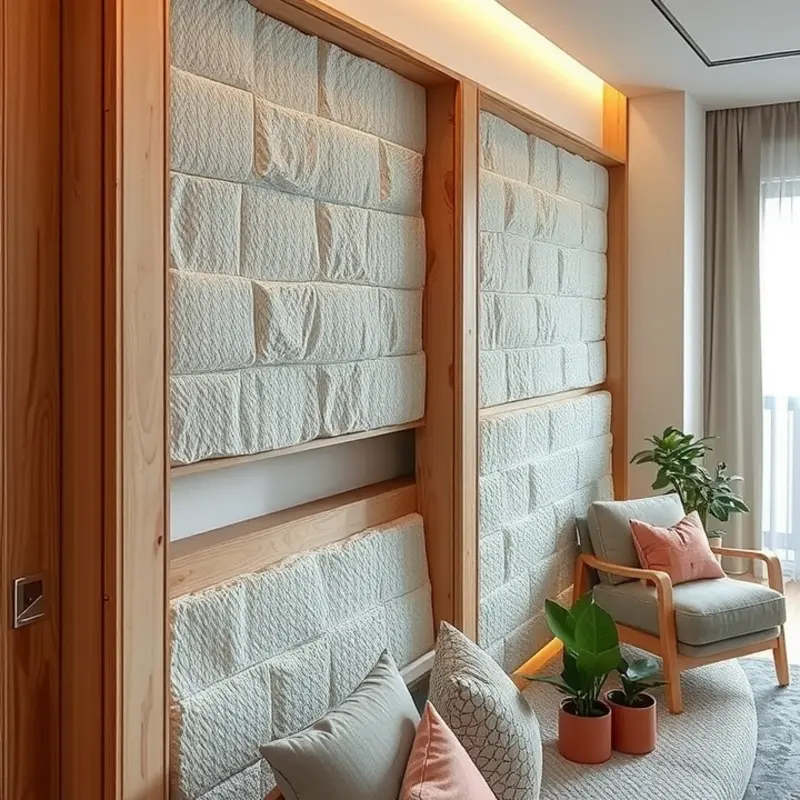
Navigating apartment noise regulations can be a daunting task for renters. These rules significantly vary, not only by state but also by specific municipalities within them. Understanding these variations begins with a grasp of the baseline standards necessary for soundproofing buildings. Generally, building codes stipulate various measures that ensure that noise from neighboring units, streets, or other external sources is adequately minimized.
Walls, floors, and ceilings play crucial roles in limiting noise transmission. Modern construction often involves multiple layers or dense materials that better absorb sound. For instance, building codes frequently mandate double-stud walls with soundproofing membranes, air gaps, or specially designed insulation materials to dampen sound transmission. Similarly, floors may incorporate underlayment mats or other materials designed to reduce the impact and airborne noise passing through ceilings and floors.
Tenant rights regarding noise control stem largely from local ordinances. Cities with high population densities often have stricter noise codes to protect residents from excessive disturbances. These ordinances might specify permissible noise levels during certain hours, setting decibel limits that are enforceable by local authorities. Ensuring compliance with these laws is not only important for landlords but empowers renters to demand a quieter living space.
A practical approach during the apartment search involves being proactive about these aspects. When viewing an apartment, pay close attention to features like solid-core doors, double-paned windows, and the presence of adequate insulation in potential noise-sensitive areas. While these features can often be visually inspected, understanding the building’s compliance with local noise regulations can further reassure renters.
Sound insulation materials and design choices significantly impact a building’s ability to curtail noise. A high Noise Reduction Coefficient (NRC) rating in materials indicates better absorption of sound within a space, creating quieter interiors. Moreover, an apartment’s Sound Transmission Class (STC) ratings reveal how effectively walls, windows, and doors dampen common noise sources. Requesting this information from landlords or property management can provide valuable insights.
For a comprehensive assessment, consider exploring blogs like apartment move-in essentials, which can help you understand what to prioritize for a peaceful stay. Such resources often offer practical tips that complement formal noise regulation knowledge.
In conclusion, while noise regulations in apartment living are complex, understanding them empowers renters. By decoding local ordinances and evaluating structural soundproofing standards, renters can better position themselves to advocate for a quieter, more comfortable living environment. This foundational knowledge is instrumental when considering new rentals and ensures a more informed decision-making process.
Practical Tips to Minimize Noise Levels
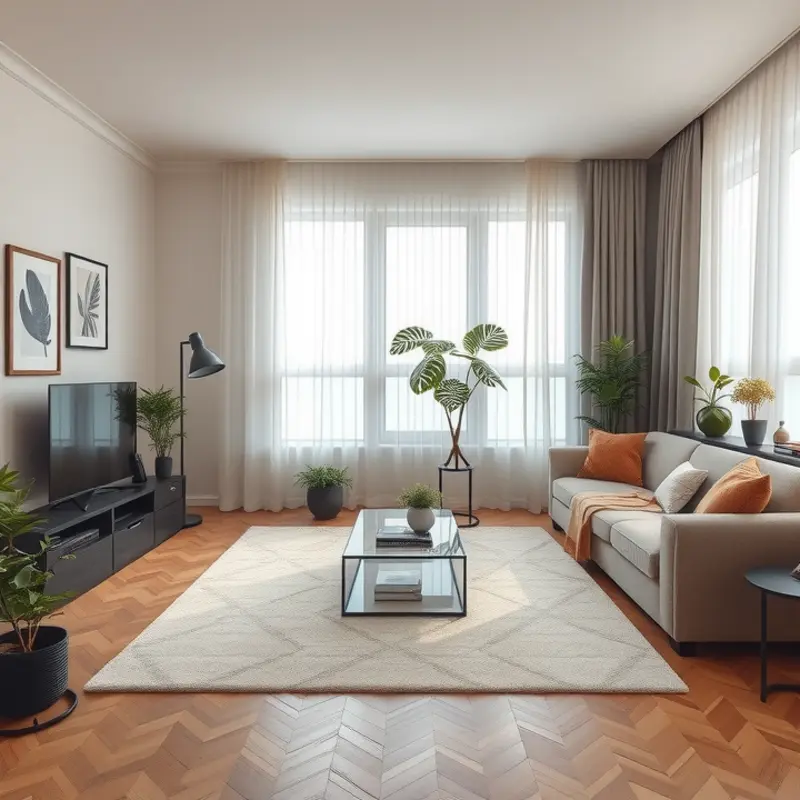
Once you understand apartment noise safety standards, it’s time to explore practical strategies to diminish noise disturbances in your living space. Begin by examining the decor and layout choices that can significantly reduce sound transmission. Utilizing area rugs and thick carpets serves as the first line of defense against echoing footsteps and muffled sounds. Choose rugs with dense fibers for better noise absorption, and consider adding a rug pad underneath for extra cushioning.
Moreover, integrating heavy curtains over windows not only controls light and temperature but also dampens outside noise. Opt for curtains made of materials like velvet or other dense fabrics for optimum results. Arranging large furniture pieces, such as bookshelves, strategically against shared walls creates an additional barrier. Fill these shelves with books and decor to increase the mass and density, further absorbing and blocking sounds.
While physical adjustments in your apartment play a vital role, the intangible aspect of building relationships with neighbors cannot be understated. Engage in open communication to establish mutual understanding regarding noise levels. If noise becomes an issue, approach discussions politely and constructively. Many communities provide guidelines for noise, especially during nighttime hours, ensuring everyone can enjoy peace.
For those facing persistent noise issues, affordable solutions such as soundproofing kits are available for immediate relief. These kits often include adhesive strips or wall panels that are renter-friendly, causing no permanent alterations. For those interested in DIY methods, consider placing foam panels behind wall art or installing door sweeps to close gaps where noise might seep through.
Sometimes, tackling noise alone isn’t sufficient. In such cases, utilize resources like the apartment management or tenant associations to mediate and resolve conflicts. They may offer additional support or suggest specific measures tailored to your building’s acoustics. If official channels are needed, ensure a record of dates, times, and the nature of noise disturbances to present a clear case.
For more insights on maximizing apartment space while ensuring tranquility, consider exploring organization tips using baskets, which can keep clutter in check and improve environments aesthetically and acoustically.
Implementing these strategies not only creates a more serene living environment but also fosters a sense of community and understanding among neighbors. Such considerations are central to peaceful apartment living, benefiting everyone involved. By balancing decor, practical solutions, and effective communication, renters can manage noise effectively and ensure a comfortable space for themselves and others.
Final words
Navigating apartment noise safety standards is crucial for renters seeking a peaceful living environment. By understanding the regulations and implementing practical strategies to minimize sound, renters can enhance their quality of life and comfort at home. The balance between enjoying neighbors and preserving tranquility exists, and by taking informed steps, you can foster an atmosphere of serenity in your apartment. Don’t shy away from addressing noise concerns; remember, you have the right to a peaceful living space. Embrace your power as a renter to engage with local standards and advocate for your needs.





